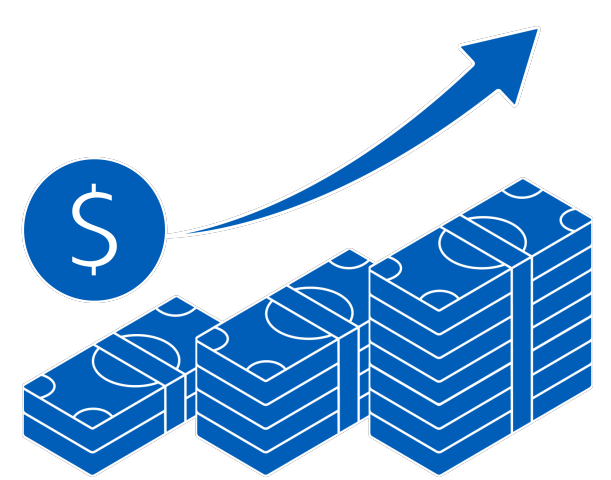You are now reading:
How digitalisation can improve cash collection and credit management strategies
1 of 3



Starting or growing a business? Enjoy more than S$4,000 savings now with essential solutions. T&Cs apply.
Find out more
Your go-to sustainability guide. Get your customised report today by taking the quiz now.
Take the quizyou are in GROUP WHOLESALE BANKING


You are now reading:
How digitalisation can improve cash collection and credit management strategies
With SMEs dealing with so many urgent tasks and deadlines, following up on late invoice payments (and paying debts to lenders) can easily get pushed aside. It isn’t until cash reserves are in crisis that you take time to sit down and look at cash flow.
There’s a pretty straightforward answer to these concerns: digitalising your SME’s finances. When everything is online and displayed on an accessible dashboard, you’re privy to early alerts and patterns that can deploy long-term cash management strategies.
Digitalisation makes sense in a world where users can choose from a growing list of business online tools. There’s no reason to put up with manual or offline processes anymore—digital platforms are smoother and faster to use, and help companies maintain resilience during turbulent times.
Here are some examples of the most common costs that you may not be tracking effectively:
Software-as-a-service (SaaS) costs
|
Merchant and transaction fees
|
The ways in which digitalisation tools help SMEs increases every day, whether it’s through understanding the value of your employee wellness programmes or assessing the marketing campaigns you run for your products and services.
The “digital future” we’ve all heard about has already arrived, and SMEs should act now to leverage the digital revolution and transform their business for the better.
If your business is in Singapore, you can take advantage of grants and programmes to help you begin your digitalisation journey, like the
Government Assistance Scheme and the Start Digital Pack. You can also get in touch with UOB, the preferred business bank for SMEs.